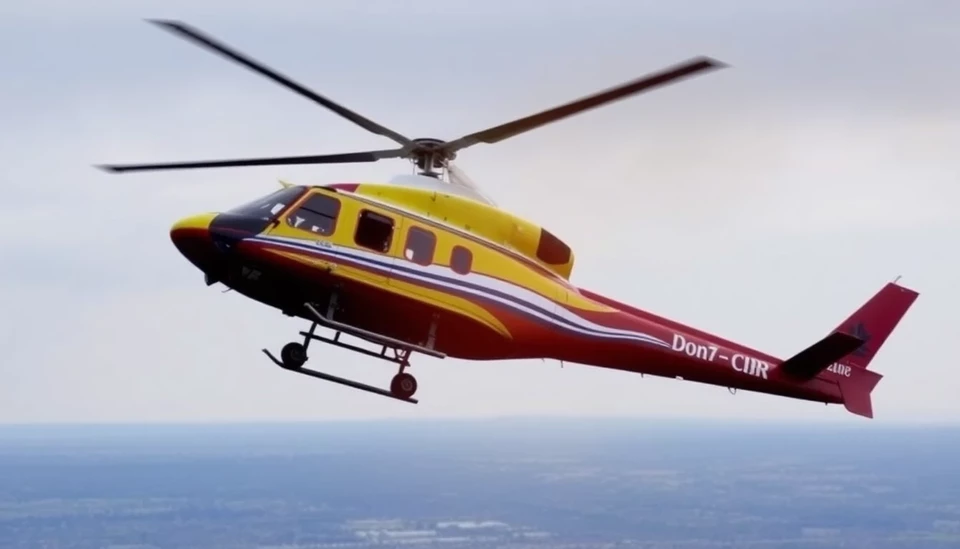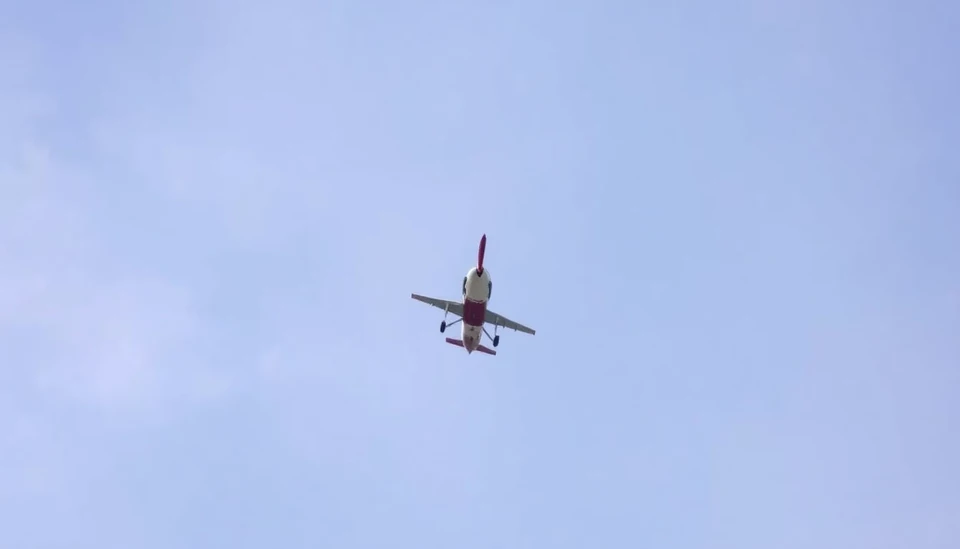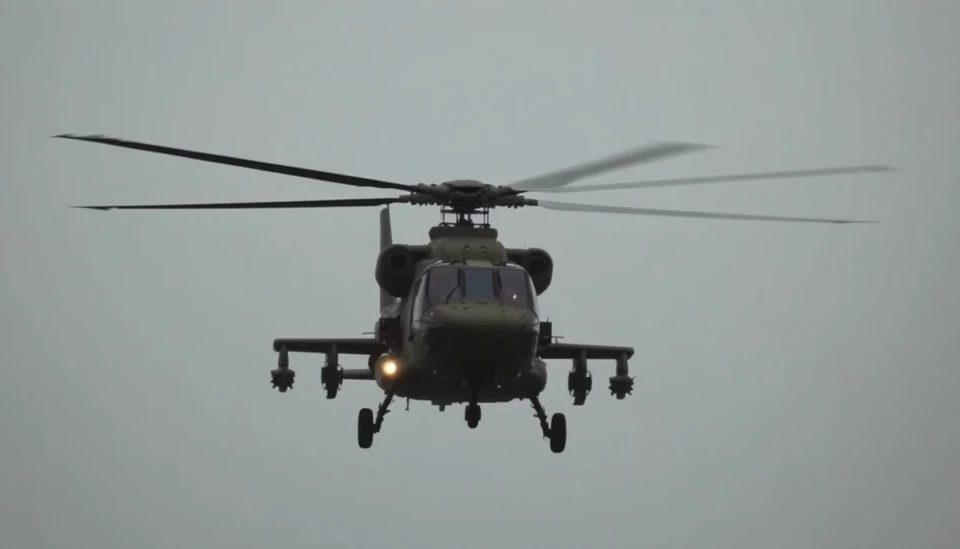
In a shocking turn of events, a helicopter crash near Washington, D.C. has ignited questions regarding the reliability of its altitude readings prior to the tragic incident. Preliminary investigations suggest that the altitude display may not have accurately reflected the helicopter's true elevation, potentially leading to catastrophic consequences.
The helicopter, which was reportedly on a routine flight mission, was involved in a sudden and devastating crash that has left several people injured and officials scrambling to uncover the underlying causes. As investigators delve into the black box data, they are left to question the discrepancies highlighted by the helicopter’s altitude instrumentation.
Sources familiar with the investigation have indicated that discrepancies in altitude readings can pose significant risks, especially in an urban area like Washington, D.C., where numerous obstacles and densely populated areas could complicate emergency maneuvers. Initial reports indicate that the aircraft’s altitude was recorded lower than what was reported by its pilots.
Experts in aviation safety emphasize the critical importance of accurate altitude information for flight operations. Even a minor error in altitude readings can culminate in severe consequences, particularly during approaches and landings, which are often the most challenging phases of a helicopter flight.
The National Transportation Safety Board (NTSB) has been called in to conduct a thorough examination of the incident. Investigators are currently focused on both the helicopter's technical systems and the pilots' actions in the moments leading up to the crash. The outcomes of these assessments will likely inform future regulatory changes to enhance air safety protocols.
As the investigation unfolds, the aviation community is on high alert, emphasizing the imperative of stringent checks and balances in conventional flight instrumentation. The findings may also lead to renewed scrutiny over maintenance practices and pilot training programs in an industry where safety standards have come under fire in light of previous incidents.
In the wake of this incident, public discussions surrounding aerial safety and the advanced technology utilized in helicopters will undoubtedly intensify. Stakeholders are expected to push for improvements aimed at ensuring that such tragic occurrences are prevented in the future.
The investigation is ongoing, and authorities are urging anyone with information regarding the flight or the crash to come forward as they seek to piece together the sequence of events that led to this unsettling incident. Family members of those affected are anxiously awaiting answers, and the community is rallying for support for those injured in the crash.
As more information becomes available, the focus will remain on understanding the critical systems aboard the helicopter and the potential for technological improvements to safeguard against such devastating occurrences.
#HelicopterCrash #AviationSafety #WashingtonDC #NTSBInvestigation #AltitudeError #AerialSafety #AccidentInvestigation #HelicopterIncident
Author: John Harris


